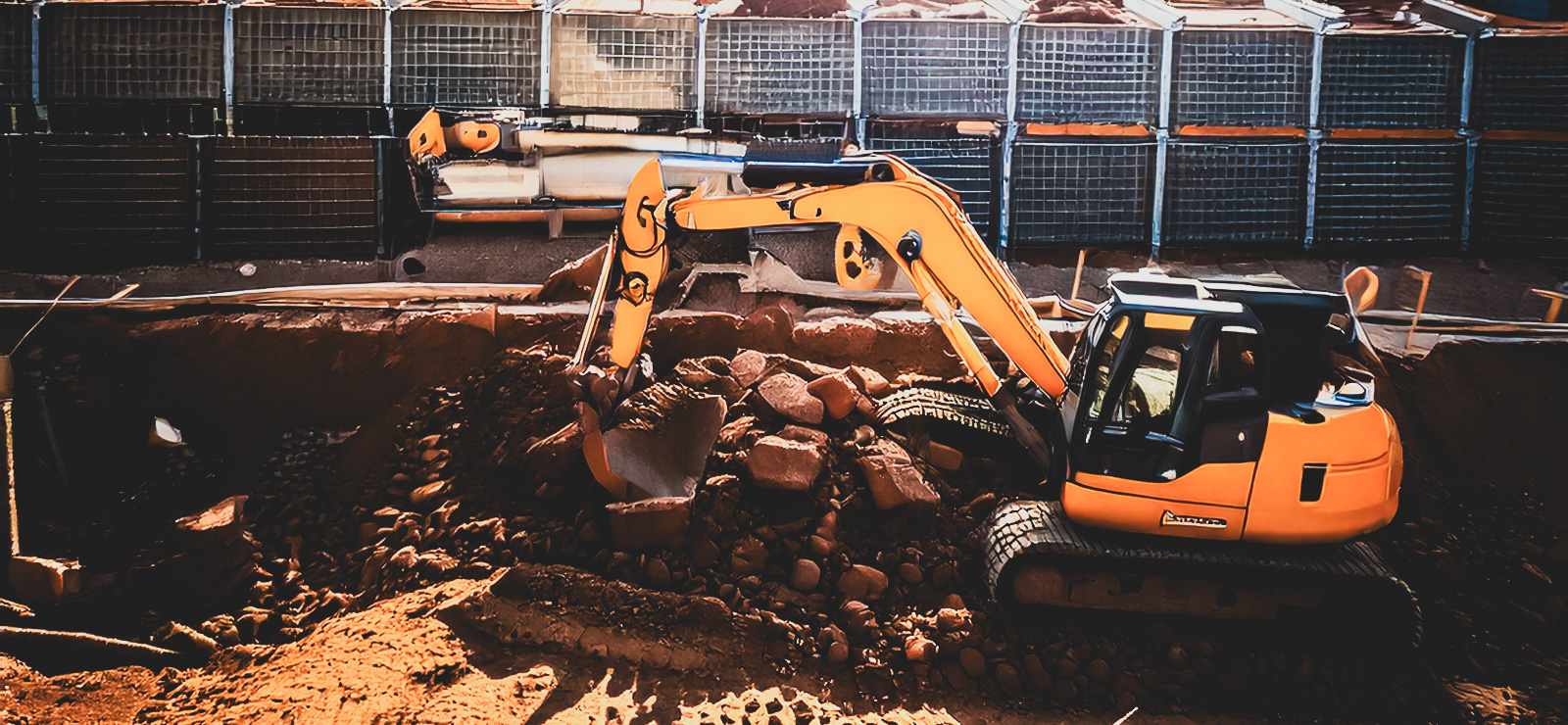Elimination
Use of hydroexcavating
Excavations involve the moving and removing of soil and rock from an area where construction is going to take place. It can include clearing an area through drilling, grading, and trenching as well as to construct or repair underground utilities. Excavations involve the moving and removing of soil and rock from an area where construction is going to take place. It can include clearing an area through drilling, grading, and trenching as well as to construct or repair underground utilities.

Use of hydroexcavating
Use of shoring and sloping
Ground and soil stability assessment, minimizing ground disturbance, air quality monitoring
Hard hats and high visibility clothing, protective clothing